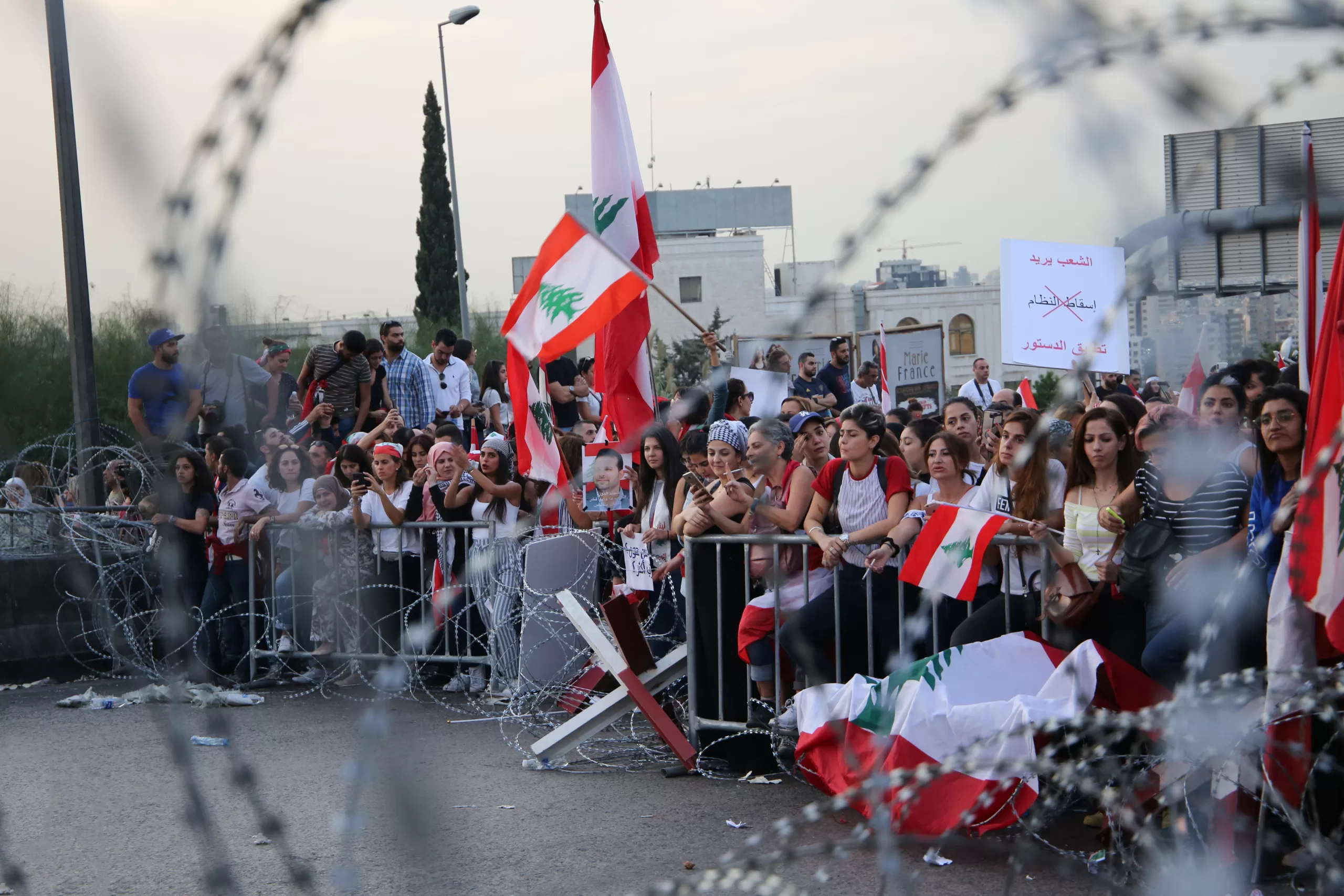Over the past decade, the number and intensity of both inter- and intrastate conflicts has been rising. In 2022, mostly due to Russia’s invasion of Ukraine and the war between the Government of Ethiopia and the Tigray People’s Liberation Front (TPLF), the number of battle-related deaths from interstate conflicts reached its highest number since 1984.[i] According to the Armed Conflict Location and Event Data Project (ACLED), in the first month of 2024, one in six people around the world were estimated to have been exposed to conflict.[ii]
Human history, and our present, is rife with conflict, but researchers are still short of comprehensive theories that could explain the common ‘logic’ of conflicts across specific contexts. Why do people enter into conflict in situations when they could agree a peaceful settlement instead? The dynamics of conflict are incredibly complex and depend on countless, constantly evolving factors, from the environment to the unique individuals comprising the groups. This creates a serious challenge for predicting the emergence of conflict and its consequences. Models offer a means to consider various elements in parallel, untangling the complexity of conflict dynamics.
Why do we need models?
Models are sets of formulas developed by researchers to describe how different factors interact, integrating abstract theories to give a simplified, testable representation of real-life conflict. As the study of conflict is multidisciplinary, models provide a common language for researchers working in disparate fields, from political science to evolutionary biology. This is important as it allows for conflict analysis to integrate findings from different academic disciplines, and this can uncover new insights.
In one example, a model analysing strategic incentives for mass killings brought together several existing theories which yielded new, and somewhat unexpected, results: namely that constraints on the magnitude of mass killings, such as third-party intervention, may actually increase their probability under certain conditions.[iii] Models can also inspire further research by providing predictions that must then be tested against data collected from real conflicts.
Modelling conflict
A prototypical model of conflict is a simple ‘bargaining game’. In this model, two groups or individuals negotiate how to distribute something of value, which results in either a peaceful resolution or fighting. If fighting takes place, this item of value, be it a material or symbolic resource, is divided according to the outcomes of the conflict, but some of its value is destroyed, rendering aggression inefficient and collectively undesirable. Conflict dynamics are rarely that straightforward, and this model makes certain assumptions, such as theorising that groups are made up of members who have the same characteristics and who all act in the same way. Nevertheless, this still provides a useful base from which to generate testable hypotheses.
Is conflict too complex to model?
While models simplify various elements of conflict, they are beginning to take more detail into account. An example of this is the consideration of group heterogeneity. Groups in a conflict are not homogenous units, but are instead made up of individual agents with different motivations, identities, classes, behaviours, and more. Including these differences in models can significantly influence their predictions.
One facet of this heterogeneity is the difference in social classes within a population. A series of models by economists Esteban and Ray predicted that conflict was more likely to occur if religious or ethnic factions contained members from a mix of economic classes.[iv] An explanation for this is that conflict requires financing from the rich and fighting from the poor. Greater inequality also decreases the opportunity cost for both sides. It costs the rich less to fund the conflict, while, in the absence of other opportunities for income, fighting becomes the best option for potential gains for the poor.
Real-world data supported this prediction, finding that civil wars between groups with greater levels of internal economic inequality have been more severe in terms of death tolls and the length of the conflict.[v] This is just one example, but recent work has begun to make more nuanced predictions.[vi]
Models of conflict move us beyond stories to explanations. They allow us to consider how various elements interact side by side, and they help researchers from different fields to operate under a shared understanding. Work in this direction has already been generating increasingly complex models of conflict, and this will continue in the future as models take further nuances into account. Models offer an exciting avenue for exploring new ideas and will be instrumental in informing our understanding of conflict dynamics.
Find out more about XCEPT’s research on the ‘logic’ of intergroup conflict: The logic of human intergroup conflict: Knowns and known unknowns
[i] Obermeier, A.M. & Rustad, S.A. (2023) Conflict Trends: A Global Overview, 1946–2022. PRIO Paper. Oslo: PRIO.
[ii] https://acleddata.com/conflict-index/
[iii] Esteban, J., Morelli, M., Rohner, D.: Strategic mass killings. Journal of Political Economy 123(5), 1087–1132 (2015) https://doi.org/10.1086/682584
[iv] Esteban, J., Ray, D.: Conflict and distribution. Journal of Economic Theory 87(2), 379–415 (1999) https://doi.org/10.1006/jeth.1999.2549; Esteban, J., Ray, D.: On the salience of ethnic conflict. American Economic Review 98(5), 2185–2202 (2008) https://doi.org/10.1257/aer.98.5.2185; Esteban, J., Ray, D.: A model of ethnic conflict. Journal of the European Economic Association 9(3), 496–521 (2011) https://doi.org/10.1111/j.1542-4774. 2010.01016.x; Esteban, J., Ray, D.: Linking conflict to inequality and polarization. American Economic Review 101(4), 1345–1374 (2011) https://doi.org/10.1257/aer.101.4.1345.
[v] Esteban, J., Mayoral, L., Ray, D.: Ethnicity and conflict: An empirical study. American Economic Review 102(4), 1310–1342 (2012) https://doi.org/10.1257/aer.102.4.1310
[vi] Rusch, H. (2023). The logic of human intergroup conflict: Knowns and known unknowns. Maastricht University, Graduate School of Business and Economics. GSBE Research Memoranda No. 014 https://doi.org/10.26481/umagsb.2023014

